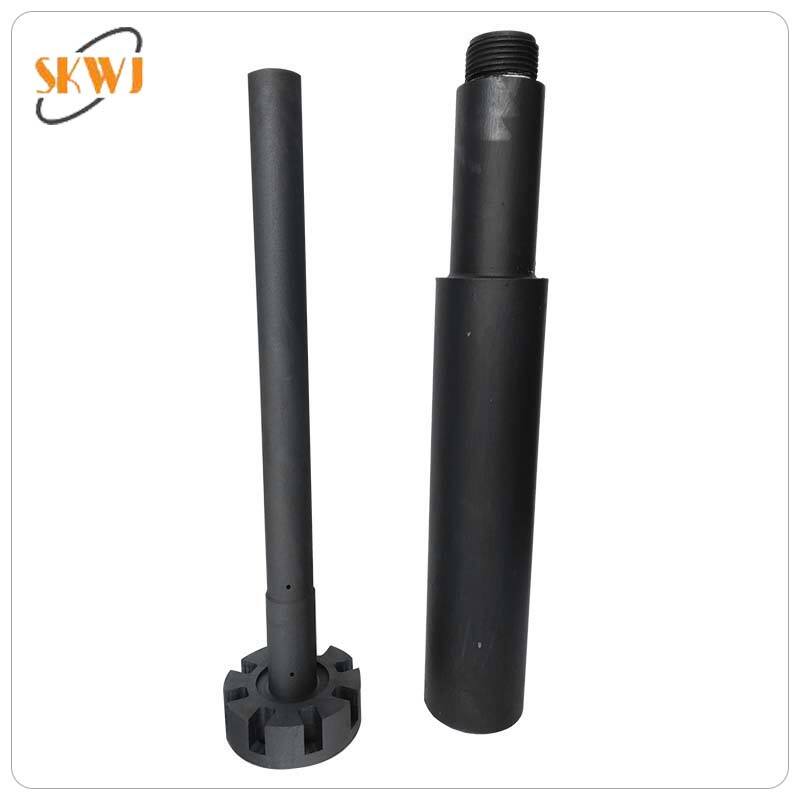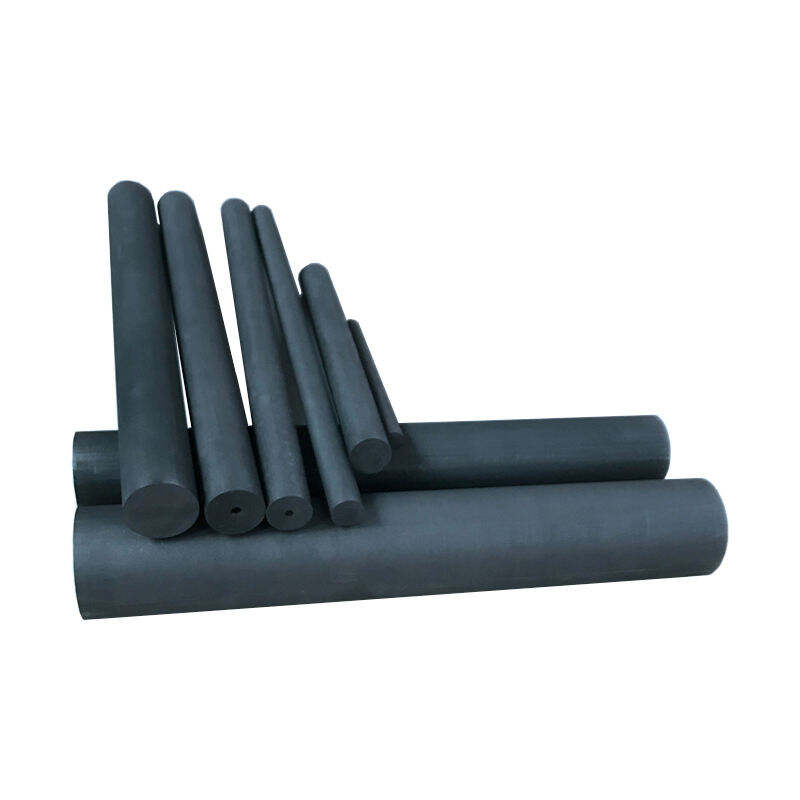flake graphite price
Flake graphite price represents a crucial economic indicator in the industrial minerals market, reflecting the value of high-quality crystalline graphite used across various industries. The price structure typically varies based on carbon content, flake size, and purity levels, with larger flakes commanding premium prices due to their superior performance characteristics. The market value is influenced by factors including industrial demand, particularly from the lithium-ion battery sector, steel manufacturing, and emerging green technologies. Flake graphite's essential properties, such as thermal conductivity, electrical conductivity, and lubricating qualities, make it indispensable in applications ranging from electric vehicle batteries to advanced electronics. The price dynamics are also affected by global supply chains, with major producing countries like China, Brazil, and Madagascar playing significant roles in price determination. Understanding flake graphite pricing is crucial for manufacturers and investors, as it impacts production costs and investment decisions in various technological applications, particularly in the growing energy storage sector.




